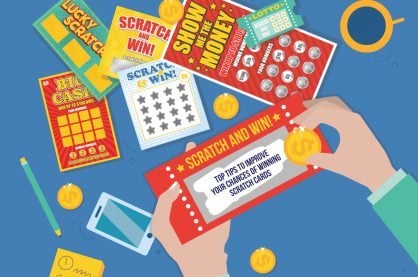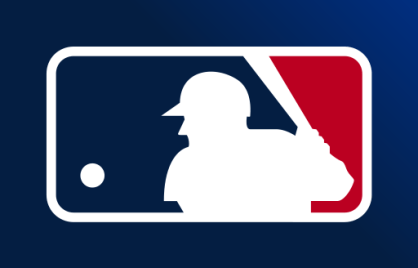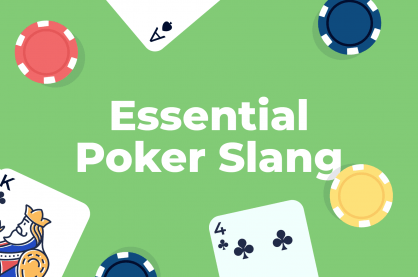R. Paul Wilson On: The Razzle Dazzle Con Game
During 11 seasons of The Real Hustle, the BBC discouraged us from appearing openly enthusiastic about the con games we were demonstrating but there was one particular scam that quickly became my favorite…
The Razzle (also known as Razzle Dazzle) is a simple-looking carnival game played in fairs, trade shows, tourist traps and back-street gambling dens. It’s another manipulative con game like three card monte.
The goal of the Razzle is to score 10 points by rolling marbles or balls into a box filled with holes, each labeled with a number from one to six. The number for each ball is added to create a total, which is checked against a chart that offers points for certain totals.
Once you’ve played enough times to score 10 points, you win one or more prizes that are displayed on the stall.
It hardly sounds like the most compelling game, nor does it appear to be one of the strongest scams ever devised – but it’s both!
The Razzle Dazzle Game Explained
Eight marbles are thrown from a cup into a deep, walled box until they settle into little holes, drilled into the base. These holes are numbered but the numbers appear above and below each hole so the operator can choose whether to count the numbers above or below each hole.
In fact, this has zero effect on the outcome but is sometimes used as an “alibi” in case the impossible happens and the player actually rolls a point.
All possible totals are displayed on a game chart and only a few of those totals will award points. In most cases, the player will score nothing and have to pay for another roll.
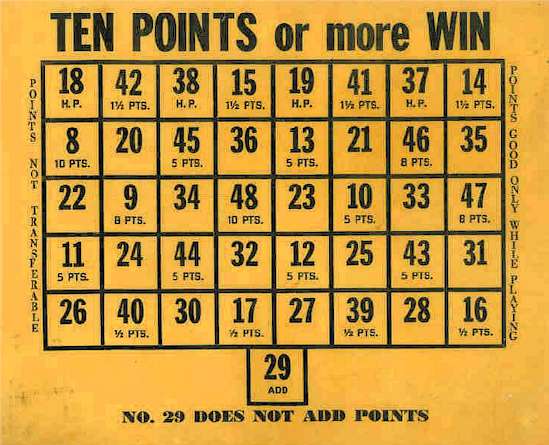
Clearly, the least-likely totals award points and the most likely award nothing.
There’s also a score that awards an “H.P.” which can be translated in several ways. Some operators call it “Half Points” and slash the player’s score but also add another prize to the final prize pool.
This means the player now has more prizes to play for, even though his points were just halved and the price to play was just doubled!
But that’s not the only interpretation of “H.P.” that the operator can use.
He might also refer to it as a “House Prize” and increase the prize pool while also increasing the price for each roll. Typically, the price is doubled as new prizes are added and since the total in question is extremely common (29) the player is soon playing for much more than he or she anticipated.
In fact, there are several ways to use “H.P.” depending on who is playing.
If the operator thinks they aren’t worth scamming, he will award a small, inexpensive toy as the “House Prize” and delete the player’s previous score, returning them to zero. This is just a blow-off to make way for someone with deeper pockets.
The key to understanding this game is that a total is made up from several balls or even several dice and some of those totals award points.
If you see this kind of game (and there are countless variations) walk away or you are bound to pay the consequences. The Razzle depends on a powerful psychological device that empties peoples’ pockets and sends them running to get more cash!
The Secret? False Counting
Whether played with dice, marbles in a box or ping-pong balls dropping into numbered trays, the Razzle depends on the operator’s ability to false count the outcome and create a bogus total for the player.
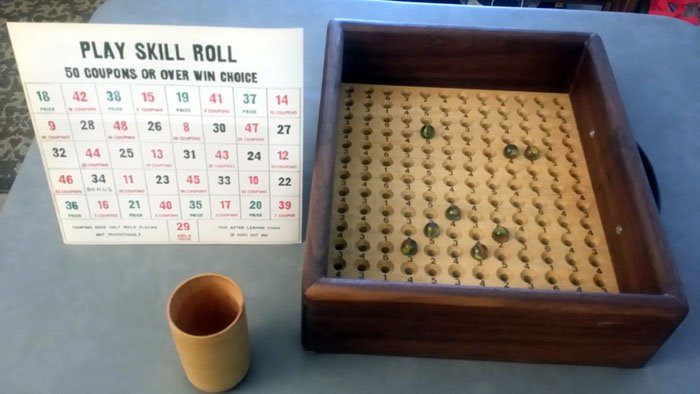
What makes the Razzle game especially devious and effective is that the operator only employs a false count when awarding points to the player.
Read that again: The only time the con artist cheats is when giving the sucker what he wants.
In fact, without an act of God, it’s almost completely impossible to throw a total that awards points. These numbers are not just unlikely; the odds against them are astronomical and the only way you can score anything is if the operator miscounts on your behalf.
That’s the big secret to the Razzle Dazzle in all its forms.
The operator miscounts to give you enough points to get hooked, then plays you like a fish until you hit so many “H.P.” totals (where the price is doubled) that every roll costs hundreds of dollars.
So, why would people keep playing when the price keeps going up?
The Prizes Draw People In – But You Will Never Win Them
The prizes on offer are not cuddly toys or cheap knockoffs.
They’re PlayStations, high-end electronics, Rolexes and even cars or trucks might be on offer. The more you hit that “H.P.” the bigger those prizes get – but so does the cost of every roll.
Once focused on those prizes, the player soon becomes committed to following previous losses. But there’s an even more powerful reason to keep playing: every couple of rolls, the player gets lucky and hits a point or two, bringing them closer to that 10-point goal.
The prizes are an essential part of Dazzle’s effectiveness and the operator is free to promise anything since there’s no real chance of winning. The promise of lavish rewards is only a distraction.
How Con Artists Play Suckers in The Razzle Dazzle
What makes the Razzle so devastating is that it allows a con artist to play the mark in any direction: reward the mark with points when he needs them, take them away when he gets too close to the prize, or offer incentives when they start to lose steam.
The rules of the game are so flexible, the operator has a lot of options when appearing to sweeten the deal. He can offer more prizes, agree not to half their score on future rolls, or even put their losses on the line as a potential prize!
Imagine being just half a point away from 10 points and running out of money but the operator, pretending to sympathise, offers to hold the score while you run to the ATM?
Would you take that offer and get more cash, or walk away when you’re just half a point from winning all those prizes?
What if the operator also offered to include all the money you already lost – and the money you are about to get – in that prize pool?
And what if the operator gave you 20 rolls and would let you count each roll yourself until you made that last half-point?
Trust me: People can’t run fast enough to get more money.
There is zero chance anyone will score anything without the operator’s help, so the operator is free to manipulate a sucker with any kind of deal or promises until they “pop”.
The Razzle Will Always Find Fresh Meat
The Razzle is so effective that it blazes through too many suckers too quickly, but the game is easily re-dressed and re-deployed thanks to a lack of understanding about how and why the game works.
In fact, smart Razzle operators know how to sew a few winners by giving up a couple of prizes that seemingly prove the game is legit.
Eventually, the Razzle usually burns itself out and has to move on to find fresh suckers, which is why you’ll often see variations pop up in gun fairs, renaissance festivals, traveling sideshows or anywhere with a constant influx of fresh meat.
Other games like Hoopla have borrowed Dazzle’s basic operating system to trap people into playing for increasing amounts with no chance of actually winning.
And I recently heard there was a new version that is entirely electronic in nature but still gets the money from wishful thinkers…
